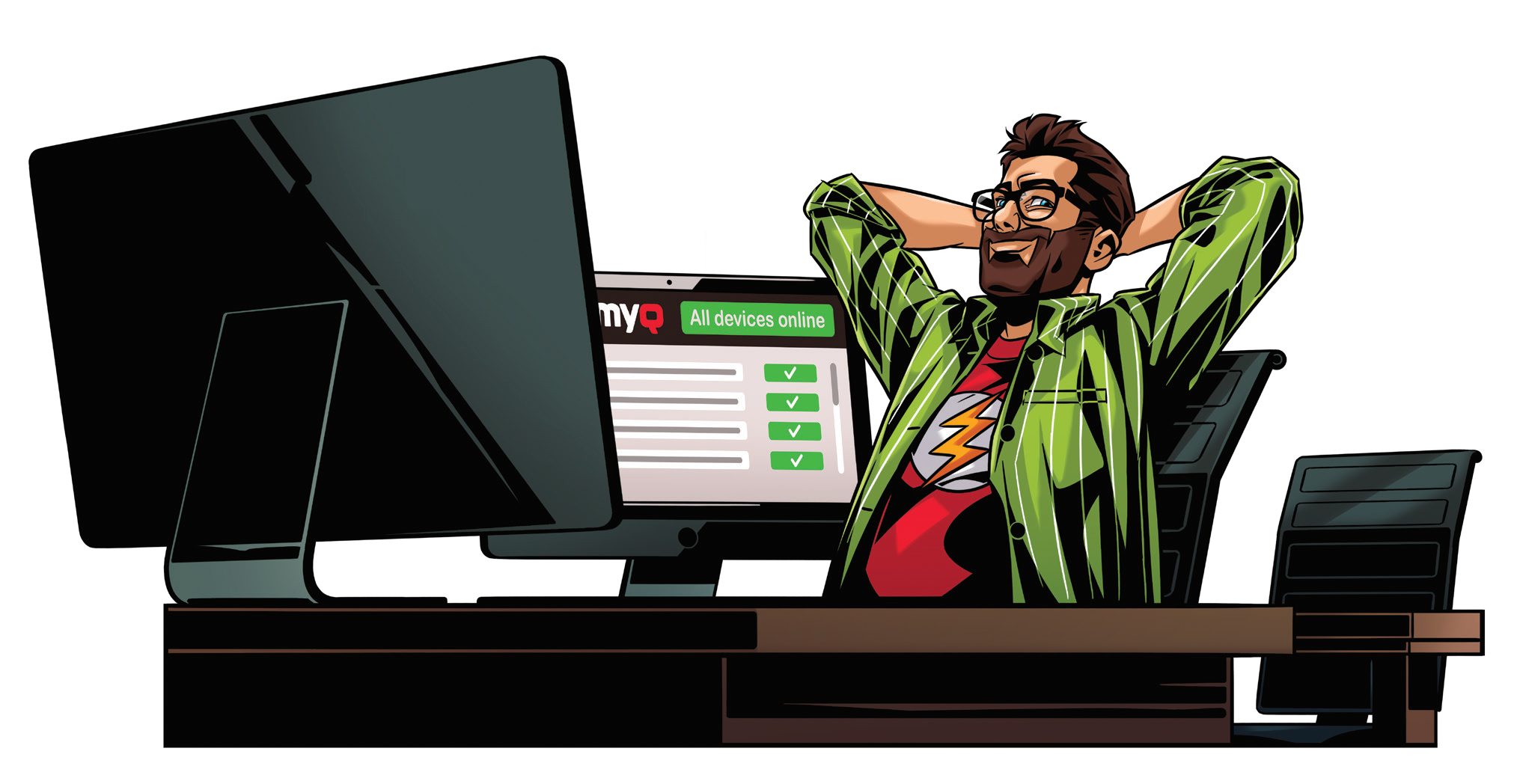Conclusion
As we discussed in the previous articles, MyQ X provides a set of free tools and features to aid organizations in keeping print highly available for end-users in times of planned and unplanned downtime. However, we do understand that there are organizations in which print management plays a critical role in their daily operations that require a high availability and disaster recovery strategy.
While high availability concepts are primarily technology-centric, disaster recovery encompasses more than just software and hardware elements. High availability focuses on addressing isolated failures in an IT system, while Disaster recovery deals with failures of a larger scope and the consequences of such failures.
Determining the right level of high availability for the infrastructure supporting your print environment is a calculation unique to each organization. For most organizations, the deciding factor comes down to the cost of implementing high availability and disaster recovery strategies versus the financial and business impact of having downtime in your IT system continuity. Also considering that not all IT services are equally critical to business operations.
High Availability on its own cannot ensure protection from disasters but can efficiently complement disaster recovery strategies. To efficiently protect your data and ensure IT continuity, MyQ recommends that each organization should consider a high availability strategy that includes a Disaster Recovery plan for IT services. In addition to the high availability and disaster recovery, IT can use MyQ X’s set of free tools to add an additional layer of failover protection.

.png)